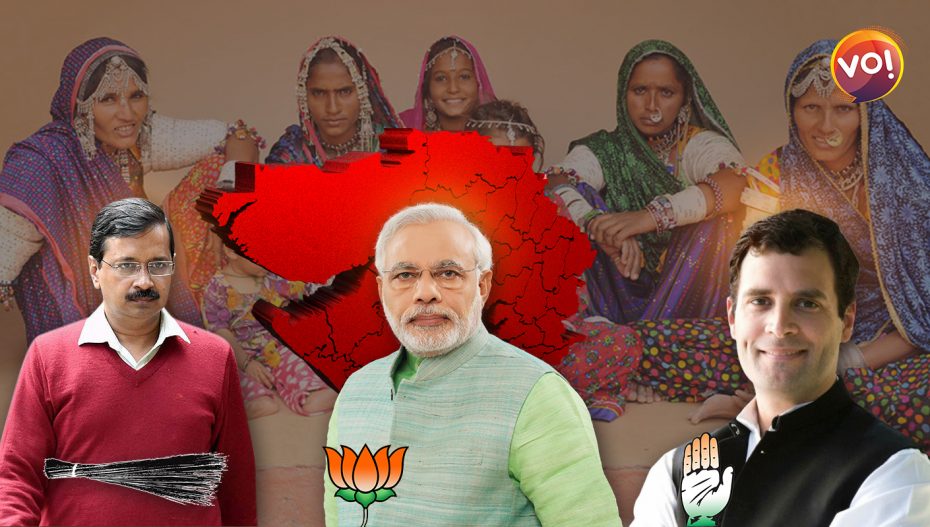As the voting for 89 seats in 19 districts in Gujarat for the first phase of assembly elections has come to an end, the lower-than-expected turnout for voting surprised many. The official figures have not yet been announced but, the indications are suggesting 10 to 15% lower voting than in previous assembly elections.
That the people thronging in the rallies of Modi and Kejriwal did not bother to come to vote in the number expected, requires deeper study, however, the constituencies with tribal majority stand out with a higher percentage of voters. In fact, in tribal & rural belts the voter turnout is 15% higher than in urban areas.
The voting remained lower in the Saurashtra region, but the highest voting has been reported in Tapi district at 64.27%, Narmada at 63.88% and Dangs at 58.55%. Nizar and Kaprada also reported higher turnouts with 66.42% and 64.45% respectively.
On the other hand, urban areas like Saurashtra’s Bhavnagar district reported as low as 45.91 per cent, Junagadh district 46.03 % and Surat 47.01% votes. As compared to the urban voters, the people from the tribal belt came across as more aware of their civic duties.
There are 14 tribal seats in South Gujarat. These include Nandod, Dediapada, Jangdia, Mangrol, Mandvi, Mahuwa, Vyara, Nizar, Dang, Ganadevi, Vansda, Dharampur, Kaprada and Umargam. In 2017, Congress won 7 of these 14 seats. While BTP won two seats.
In 2017, average turnout on tribal seats was 77 percent with highest being 84.23 percent in Kaparada. Even the lowest did not go below 64.52 percent in Umargam.
It would appear that there is a lot of voting awareness among tribals. It can also be inferred that there are stronger social bonds within the community. Tribals percive the vote as a tool for societal change and are feel the need to use it as tool.
An average 59.24 per cent voter turn-out was recorded as of 5 pm on Thursday across 89 Assembly seats in the first phase of Gujarat elections.
Also Read: Sale Of Rs 73L At Khadi Exhibition












